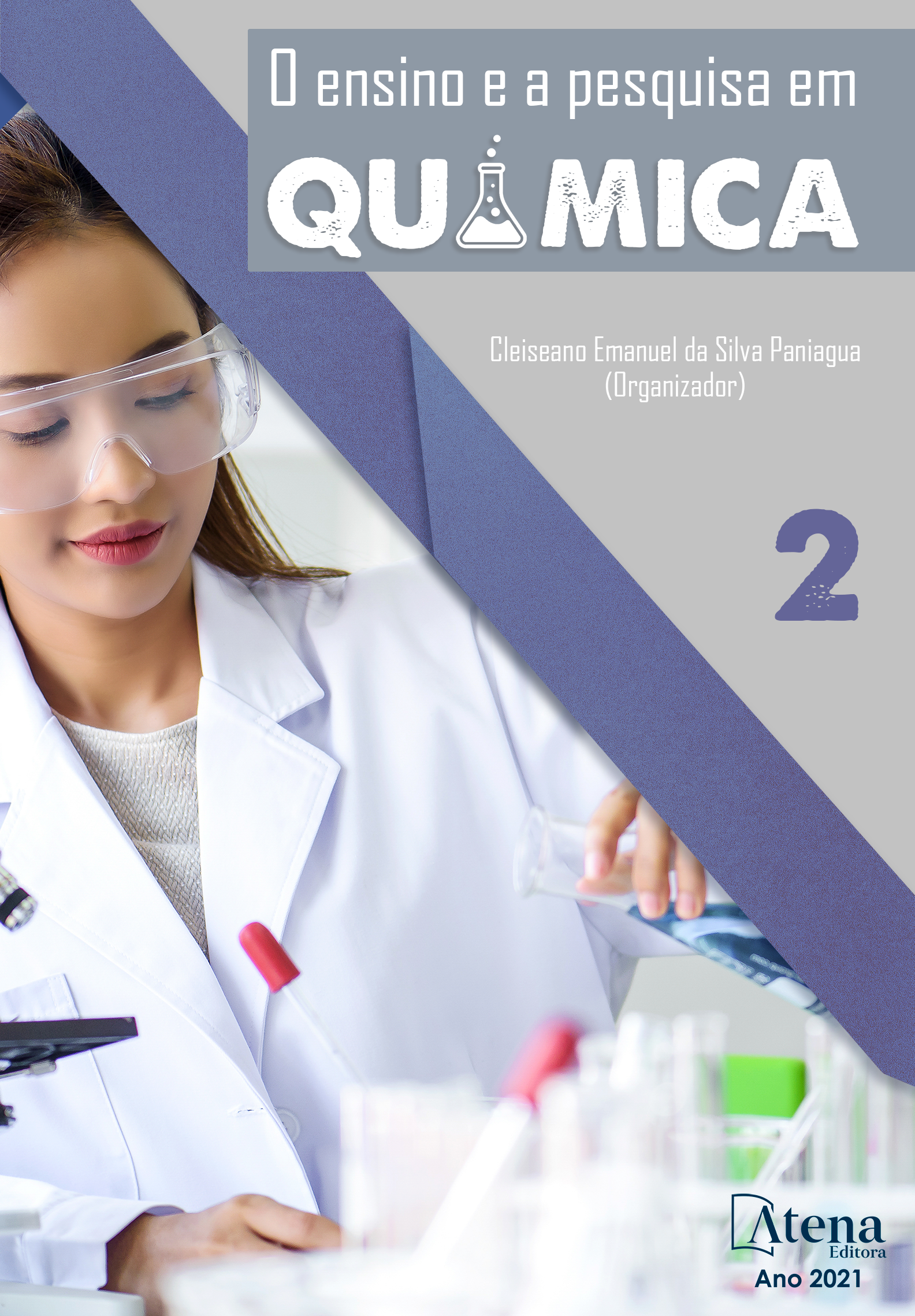
STUDY OF CORROSION AND MECHANISMS OF COATINGS OBTAINED BY COLD GAS SPRAY USING OPEN CIRCUIT POTENTIAL AND MICROSCOPIC ANALYSIS
O princípio da técnica de pulverização de gás frio (CGS) é que o material pulverizado não é aquecido por mais de 1000 ° C, garantindo a não fusão das partículas de pó, retenção da composição / fases iniciais do pó da matéria-prima com nenhuma ou muito baixa oxidação. Assim, os revestimentos ficam quase isentos de trincas, defeitos, baixa porosidade e o substrato trabalha com menor aporte de calor. Muitos materiais diferentes podem ser aplicados em diferentes superfícies sendo uma técnica altamente promissora para novos desenvolvimentos despertando grande interesse em novas aplicações. Revestimentos de alumínio, cobre e WC-25Co foram preparados por CGS e seu desempenho contra corrosão em meio agressivo foi avaliado qualitativamente para longos tempos de imersão por medições de potencial de circuito aberto e testes de névoa salina. Os resultados mostraram que todos eles protegeram o substrato por mais de 1000 h em solução de NaCl 3,5% em peso e em testes de névoa salina por cerca de 3000 h. Os revestimentos de cobre também foram eficazes como antimicrobianos e na redução da sobrevivência do biofilme.
STUDY OF CORROSION AND MECHANISMS OF COATINGS OBTAINED BY COLD GAS SPRAY USING OPEN CIRCUIT POTENTIAL AND MICROSCOPIC ANALYSIS
-
DOI: 10.22533/at.ed.23521310812
-
Palavras-chave: revestimentos, pulverização com gás frio, proteção contra corrosão, evolução do potencial de circuito aberto, névoa salina
-
Keywords: coatings, cold gas spray, corrosion protection, evolution of open circuit potential, salt spray
-
Abstract:
The principle of Cold gas spray (CGS) technique is that the sprayed material is heated no longer than 1000 °C, guaranteeing no powder particle melting, retainment of initial composition/phases of the feedstock powder with no or very low oxidation. Thus, the coatings are almost free of cracks, defects, low porosity, and the substrate works under lower heat input. Many different materials can be applied on different surfaces being a high promising technique for further developments awakening great interest in new applications. Aluminum, copper and WC-25Co coatings were prepared by CGS and their performance against corrosion in aggressive medium was qualitatively evaluated for long immersion time by open circuit potential measurements and salt spray tests. The results showed that all of them protected the substrate for more than 1000 h in 3.5 wt.% NaCl solution and in salt fog tests for around 3000 h. Copper coatings were also effective as antimicrobial and in reducing biofilm survival.
-
Número de páginas: 16
- Sergi Dosta
- Assis Vicente Benedetti
- FERNANDO SANTOS DA SILVA


